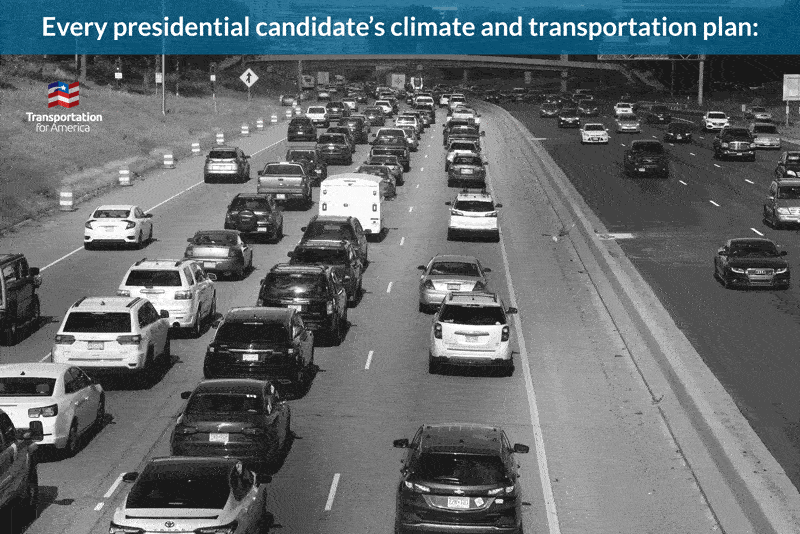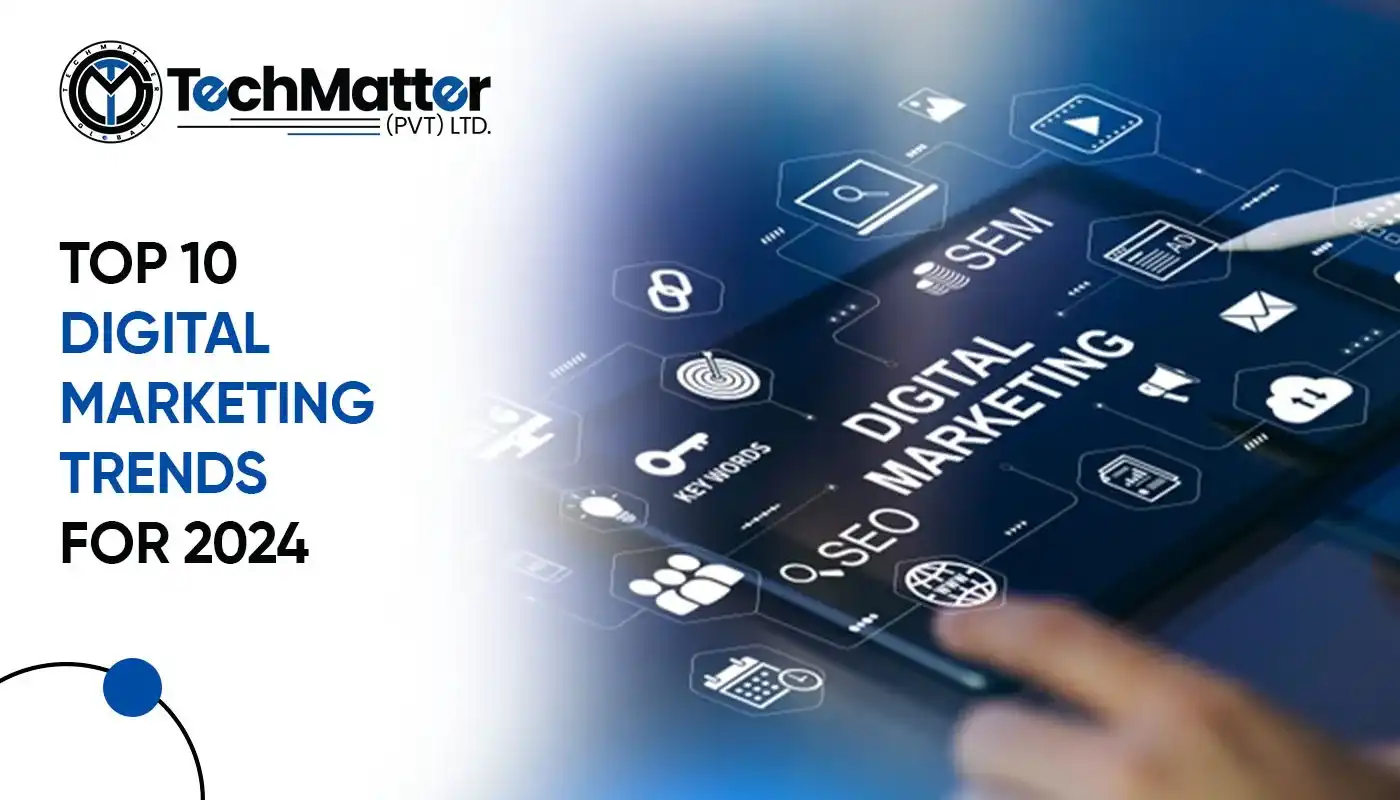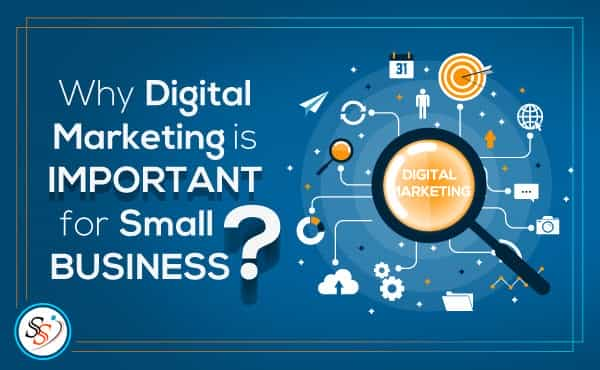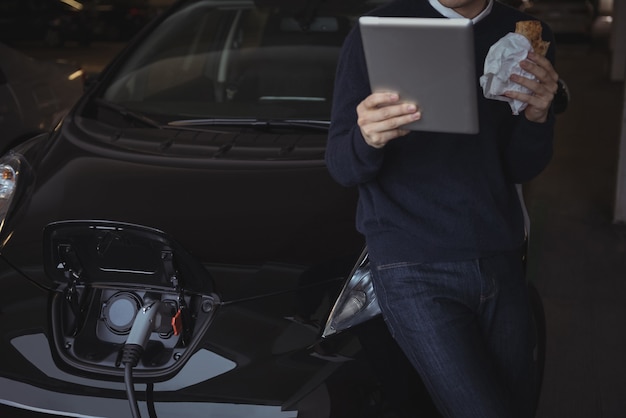EVs and Global Climate Targets: Driving Emissions Down
Mia Anderson

Photo: EVs and Global Climate Targets: Driving Emissions Down
Electric vehicles (EVs) have surged in popularity over the past decade, evolving from niche commodities to legitimate contenders in the global automobile market. The reason is simple: they promise a cleaner future. Governments, corporations, and citizens alike are turning their attention to EVs, viewing them as a vital piece in the puzzle of achieving worldwide climate goals. By reducing reliance on fossil fuels, electric vehicles can play a critical role in driving emissions down, supporting global targets such as those outlined in the Paris Agreement.
In the following sections, this article delves into the evolution of electric vehicles, examines their role in mitigating climate change, and explores the various hurdles still confronting widespread EV adoption.
The Shift Toward Zero-Emission Vehicles
As the world becomes more conscious of the environmental damage caused by carbon dioxide emissions, many industries are scrambling to meet strict regulations. Among them, the automotive sector faces unique challenges. Traditional internal combustion engine (ICE) cars generate significant amounts of greenhouse gases, which trap heat in the atmosphere and worsen climate change. Meanwhile, a combination of technological breakthroughs and political incentives has thrust battery-powered transport into the limelight.
Historical Perspective
Electric vehicles are not a recent invention. Early versions of battery-powered cars date back to the 19th century, when they rivaled steam-powered and gas-powered vehicles. However, the petroleum industry soon took precedence, leading to mass adoption of gasoline engines. Fast-forward more than a century, and an urgent need to reduce carbon emissions is rekindling interest in electric cars, pushing them closer to the center stage.
Rapid Innovations in EV Technology
Present-day EVs have witnessed swift improvements in battery technology, ranging from higher energy densities to faster charging capabilities. Innovations in lithium-ion batteries have significantly extended driving ranges. Moreover, research on solid-state batteries and alternative materials continues, aiming to create safer and more efficient storage solutions. As such, advancements in energy storage have propelled the industry from relative obscurity to mainstream acceptance in a short span of time.
The Role of Electric Vehicles in Achieving Climate Targets
Global climate targets set ambitious goals to limit global warming to well below 2°C, preferably 1.5°C above pre-industrial levels. Electric vehicles are pivotal to these targets because they hold the potential to slash greenhouse gas emissions in the transportation sector.
Reduced Tailpipe Emissions
A defining characteristic of EVs is the absence of tailpipe emissions, eliminating the direct release of pollutants like carbon dioxide and nitrogen oxides. While life-cycle emissions for EVs depend on the source of electricity, most experts agree that even when powered by a fossil fuel-intensive grid, EVs generate fewer greenhouse gases than a comparable ICE vehicle. Over time, as renewable energy becomes more widespread, electric vehicles become increasingly environmentally friendly.
Synergy with Renewable Energy
One of the greatest strengths of electric vehicles lies in their compatibility with sustainable energy sources such as solar and wind power. When EVs are charged using renewable electricity, their net carbon footprint becomes exceptionally low. In many countries, EV owners can even install home solar panels to power their vehicles, virtually eradicating tailpipe emissions and dramatically reducing their overall carbon footprint.
Potential for Energy Storage Solutions
Beyond daily commuting, EVs could serve as mobile batteries. Vehicle-to-Grid (V2G) technology allows electric vehicles to store surplus energy from the grid and release it back during times of high demand, stabilizing the electricity network. This interaction creates a more resilient power grid while also benefiting EV owners who can receive incentives for supplying electricity back to the system.
Challenges and Criticisms Facing Electric Vehicles
Despite the enthusiasm for electric vehicles, a number of obstacles remain. Understanding these challenges can help policymakers, businesses, and individuals make informed decisions and work toward effective solutions.
Battery Production and Raw Materials
Manufacturing EV batteries involves acquiring raw materials such as lithium, cobalt, and nickel. Extracting these minerals can be energy-intensive and sometimes carries social or environmental risks if not carefully managed. This highlights the importance of sustainable sourcing and recycling initiatives. Developing robust battery recycling programs can reclaim key materials, thus reducing the need for new mining operations and lessening the environmental impact.
Charging Infrastructure Gaps
While the number of public charging stations is on the rise, uneven distribution remains a concern particularly in rural and underdeveloped regions. Reliable, widespread infrastructure is key to broad EV adoption. Governments and private entities must collaborate to expand fast-charging networks and standardize technology so drivers can confidently travel long distances without worrying about running out of power.
High Upfront Costs
Although prices have started to fall, electric cars still often carry higher price tags compared to their gasoline counterparts. However, total cost of ownership can be significantly lower in the long run due to reduced fueling expenses and lower maintenance costs, as EVs have fewer moving parts. Government subsidies, tax credits, and promotional programs help offset the initial cost gap, making EVs more accessible for a broader audience.
Government Policies and Industry Innovations
Around the world, governments are implementing measures to promote electric vehicle adoption. These policies include financial incentives such as tax rebates, grants, and scrappage programs. Several nations have also announced phase-out plans for the sale of new gas and diesel cars, sending a clear message that the shift to zero-emission vehicles is inevitable.
Automotive Industry Transitions
Automakers are diversifying their product lines, introducing hybrid and fully electric models to meet both regulatory demands and consumer preferences. High-profile car manufacturers have pledged to phase out internal combustion engines, and established brands like Ford, General Motors, and Volkswagen are competing with EV-focused companies such as Tesla, Rivian, and Lucid Motors. This heightened competition spurs rapid advancements in battery technology, range, and design.
Collaboration Across Sectors
Meeting global climate targets requires more than just an influx of new EV models. Power utilities, battery manufacturers, charging solution providers, and local governments all have roles to play. Collaborative efforts are essential for developing smart grids, managing energy demand, and building robust charging networks. Through public-private partnerships, different sectors can efficiently tackle the logistical and financial challenges tied to large-scale EV adoption.
EV Adoption Across the World
Countries such as Norway lead the pack in electric vehicle adoption, with EVs representing a significant share of new car sales. Other nations like China have also made remarkable progress, buoyed by government support and a vast manufacturing base. However, universal EV acceptance remains uneven, with some parts of the world lagging behind due to limited infrastructure, affordability issues, or lack of awareness.
Urban Versus Rural Markets
Urban dwellers typically find it easier to transition to EVs, thanks to shorter daily commutes and easier access to charging stations. In rural areas, the lack of charging points remains a key deterrent. Bridging this gap requires investment in infrastructure and education programs that clarify the financial and environmental benefits of owning an electric vehicle.
Emerging Economies
In many developing countries, the introduction of electric two- or three-wheelers has been more rapid than that of electric cars. Scooters and motorcycles, long favored for their affordability, are prime candidates for electrification. As electric bicycles, mopeds, and tuk-tuks become more widespread, they can help these nations reduce pollution and alleviate traffic congestion.
Critical Analysis and Personal Insights
Despite the incredible promise of electric vehicles, it is crucial to remain objective. Critics rightly point out that EVs still depend on energy grids, which may be powered by fossil fuels. Nonetheless, this reliance also underscores the immense potential when clean energy and EV adoption rise in tandem. If electricity generation shifts to renewables at scale, the positive environmental impacts of electric vehicles will become even more pronounced.
From a personal standpoint, it is apparent that public awareness is crucial. Without understanding the total cost of ownership and the environmental implications of driving an EV, many consumers might be reluctant to switch. Therefore, continued education programs, incentives, and visible infrastructure improvements remain paramount.
Conclusion
Electric vehicles stand at the forefront of a global push to reduce carbon emissions, improve air quality, and meet ambitious climate targets. Advances in battery technology, government incentives, and evolving consumer attitudes all contribute to the rising appeal of EVs. Although challenges such as limited infrastructure, high upfront costs, and environmental concerns around raw material extraction persist, ongoing innovation and collaboration across sectors point to a future where zero-emission transport becomes the norm.
Looking ahead, as nations pursue sustainable electricity grids and develop robust charging networks, electric vehicles will increasingly align with global climate targets. Their success hinges on unified efforts: from automakers dedicated to improving designs, to governments ensuring equitable infrastructure, to consumers championing greener options. By embracing electric vehicles as part of a broader clean energy revolution, the world can accelerate its path toward driving emissions down and steer confidently toward a healthier planet for all.
Marketing
View All
January 18, 2025
Top 10 Digital Marketing Trends for 2024Discover the must-know digital marketing trends for 2024. Stay ahead of the curve and elevate your strategies with these insights! Read more now!
Mia Anderson

January 21, 2025
Why Digital Marketing is Vital for SMBsDiscover why small businesses must adopt digital marketing in 2024. Learn tips and tactics to compete in the digital age. Take your business online today!
Mia Anderson

January 25, 2025
Email Marketing in the Digital AgeUnlock the power of email marketing with modern strategies tailored for the digital age. Connect with your audience like never before!
Mia Anderson
Entertainment
View AllDiscover how Netflix is revolutionizing film distribution and what it means for the future of cinema. Don’t miss out on this industry-shaping insight click now!
Mia Anderson
Learn the key steps to start a YouTube channel in 2024, from content strategy to monetization. Click here for expert advice and actionable tips!
Mia Anderson
Discover how narrative design transforms video games into immersive experiences. Learn industry secrets and start creating unforgettable stories today!
Mia Anderson
Discover how the Metaverse is revolutionizing entertainment in 2024. Read about the latest trends and innovations shaping the future of digital experiences.
Mia Anderson
Automotive
View AllForecast the EV market of 2030. Learn about expected growth rates, market penetration, and the rise of EV ownership globally.
Read MoreCompare the total cost of ownership (TCO) between EVs and internal combustion engine vehicles. Which is more affordable?
Read MoreFind out about the latest tax incentives and rebates available for EV buyers in 2024. Save money on your next purchase!
Read MorePolular🔥
View All
1
2
3
4
5
6
7
8
9
10
Technology
View All
December 8, 2024
Don’t Buy Another Laptop Until You Read This 2024 Comparison
Make an informed laptop purchase! Our 2024 comparison guide helps you find the perfect fit. Click to learn more and choose wisely.

December 6, 2024
Is Cloud Gaming the Future? Here’s What You Need to Know Before Investing
Dive into the world of cloud gaming! Learn its potential and challenges before investing. Click to get informed and stay ahead of the game.

August 27, 2024
Discover the Impact and Future of 5G Technology
Discover how 5G technology is revolutionizing connectivity and innovation. Learn its benefits and how it impacts your world. Click to stay ahead in tech!
Tips & Trick
View All





















